A LINGUA DE SÃO ROQUE
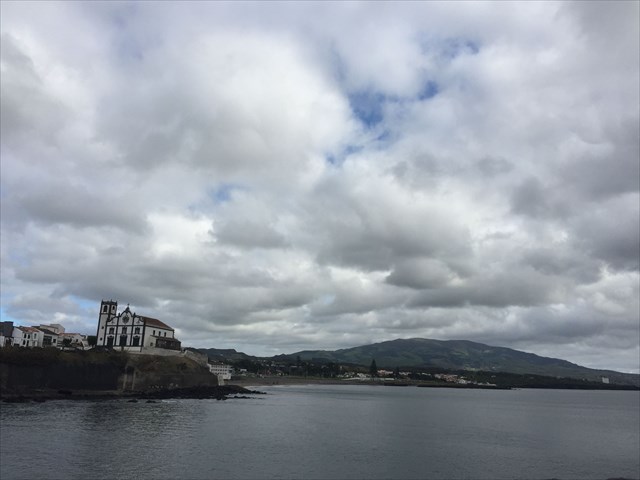
EARTHCACHE
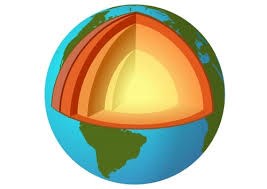
PORTUGUÊS
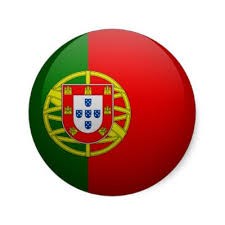
Sistema Vulcânico Fissural dos Picos
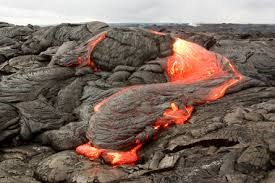
Corresponde à formação mais recente da ilha de S. Miguel e inclui os produtos vulcânicos gerados na sequência do vulcanismo fissural. Integra escoadas lávicas e piroclastos basálticos e ainda tufos hidromagmáticos e domos traquíticos. Apresenta duas sub-unidades: a de Ponta Delgada, de idade superior a 5.000 anos e a do Pinhal da Paz, que engloba todos os produto vulcânicos mais recentes, gerados nos últimos 5.000 anos B.P, (0 - > 31.000 anos B.P).
BASALTOS
Uma grande parte do manto superior é constituída por peridotitos, que é uma rocha holomelanocrata, rica em minerais máficos, como a olivina e piroxena. Quando esses peridotitos ascendem na astenosfera a pressão vai diminuindo provocando a fusão de minerais ferromagnesianos, que dão origem a magmas de composição basáltica. Esses magmas quando consolidados à superfície dão origem a basaltos.
São rochas escuras, ricas em minerais máficos (50-85% de Máficos) e pobre em minerais félsicos. Os diferentes cristais que constituem a rocha não se distinguem uns dos outros macroscopicamente. A consolidação desta rocha ocorreu à superfície.
CONGLOMERADOS
Um conglomerado é algo obtido por conglomeração (juntar, amontoar, unir fragmentos). Posto isto, o conglomerado pode surgir a partir da união de uma ou várias substâncias mediante um conglomerante, de tal modo que seja uma massa compacta.
Para a geologia, um conglomerado é uma massa que se forma mediante fragmentos arredondados de distintas rochas ou substâncias minerais que se unem por um cimento. Trata-se de uma rocha sedimentária de tipo detrítico, com fragmentos constitutivos que são maiores do que os da areia.
PIROCLASTOS
Na Geologia, os piroclastos são corpos sólidos por uma erupção; toda e qualquer substância que é ejetada para fora de um vulcão, enquadra-se nesse conceito. De acordo com a dimensão dos "grãos", esse fenómeno recebe nomes específicos, como cinza vulcânica (partículas menores que 2mm), areias vulcânicas (partículas entre 2mm e 5mm), lapili (entre 5mm e 5cm) e bombas vulcânicas.
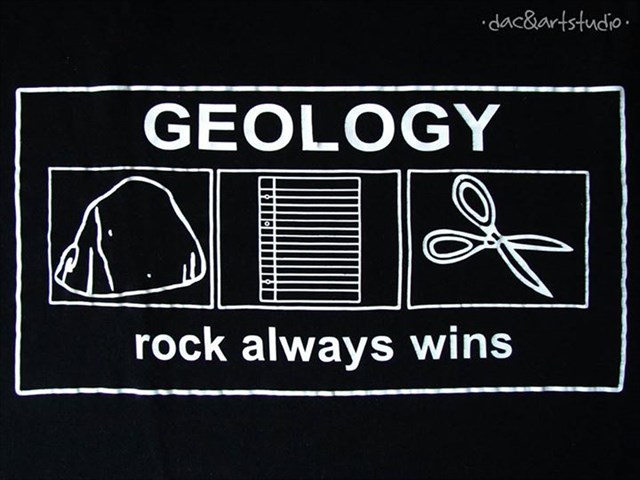
BAGACINAS
A bagacina pode ser vermelha acastanhada, ou até negra.
A bagacina tem uma composição semelhante ao basalto, logo é rica em ferro e outros metais, pelo que, dentro de um mesmo cone vulcânico, as duas variedades são quimicamente semelhantes, mas em que algumas zonas estão mais oxidadas (vermelhas) e a outras não (pretas).
Assim, embora o ferro puro seja escuro, quando oxida e se transforma em ferrugem fica castanho, um efeito semelhante ocorre nas bagacinas, embora também possam existir outros motivos entre cones de erupções diferentes ou que se cresceram em períodos diversos e que podem reflectir-se em alterações de coloração.
Acima podem ver como as duas cores coexistem dentro de um mesmo cone de escórias (escória vulcânica é um termo mais abrangente para os materiais a que nós Açorianos chamamos por bagacina, também conhecidas pela versão italiana de Lapilli).

PARA REALIZAR E REGISTAR ESTA EARTHCACHE:
PERGUNTAS:
Para “encontrar/registar” esta cache deverá: provar que esteve no local e responder às seguintes questões, enviando um email/mensagem de Geocaching, com as respostas, em português ou em inglês, para o nosso perfil.
Só depois, de enviar as respostas, e conforme as “guidelines” para as Earthcaches, deverá efetuar o seu registo!
Serão removidos todos os registos que não obedeçam a estes requisitos.
A partir das suas observações, no local do GZ, responda às seguintes questões:
a) Classifica a “grande” rocha existente no GZ, quanto à sua origem e “tipo”.
b) A rocha em questão será do mesmo “tipo” das rochas situadas à sua volta? Se não, explica porquê! Se sim, explica como pode ser tão diferente.
c) Esta rocha especial, está rodeada, neste areal, por rochas basálticas negras. A rocha especial, em forma de língua, será mais antiga ou mais recente do que as rochas existentes à sua volta.
d) A rocha em questão tem uma cor diferente de todas as outras rochas situadas nesta pequena praia. Que cor é esta? Na tua opinião esta cor especial deve-se a que fator?
e) Esta rocha tem uma forma “em língua”! Esta forma será resultante de que ação?
f) Ao observar a rocha, a partir da sua face superior, é possível observar uma “linha”…
O que é esta “linha”? O que a provocou?
g) Pode-se afirmar que esta rocha é um “conglomerado”?
E um piroclasto? São visíveis “bagacinas”?
Descreva o “tamanho”, aspecto e constituição deste bloco rochoso.
h)
TAREFA OBRIGATÓRIA:Deverá tirar uma foto sua, onde você apareça (ou com um papel/placa onde conste o seu nickname e a data da visita) e que comprove a sua presença no GZ desta EC - NÃO META SPOILERS. Esta foto deverá ser colocada no seu registo ou enviada por email ou sistema de mensagens de Geocaching, para o owner!
Não responderemos ao seu contato, a não ser que haja algum “problema” com as suas respostas ou registo.
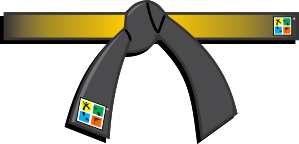
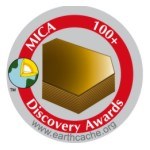
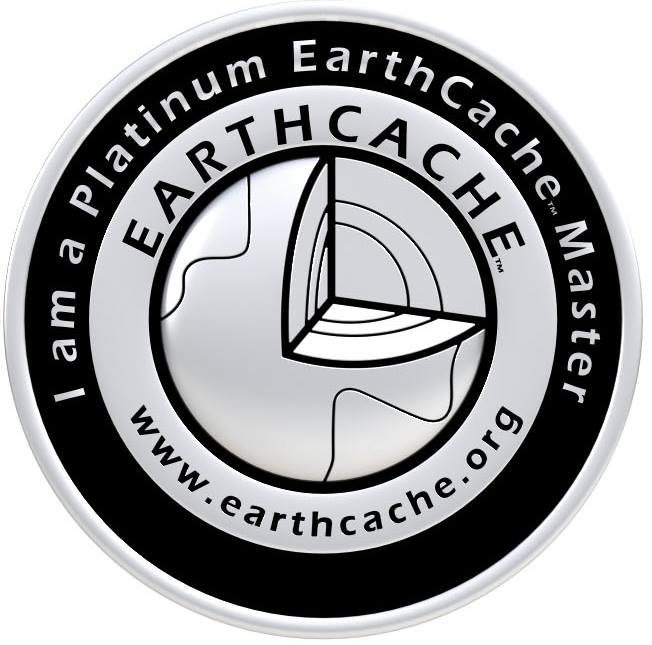

THE TONGUE OF SAINT ROQUE

EARTHCACHE

ENGLISH

Fissural Volcanic Peak System
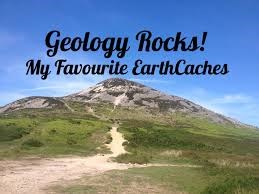
It corresponds to the most recent formation of the island of S. Miguel and includes the volcanic products generated following the fissural volcanism. It includes lava flows and basaltic pyroclasts and still hydromagmatic tufts and trachytic domes. It presents two sub-units: Ponta Delgada, over 5,000 years old and “Pinhal da Paz”, which includes all the most recent volcanic products, generated in the last 5,000 years B.P, (0 -> 31,000 years B.P).
BASALTOS
A large part of the upper mantle consists of peridotites, which is a holomelanocrat rock, rich in mafic minerals, such as olivine and pyroxene. When these peridotites ascend in the asthenosphere the pressure decreases causing the fusion of ferromagnesian minerals, which give rise to magmas of basaltic composition. These magmas when consolidated at the surface give rise to basalts.
They are dark rocks, rich in mafic minerals (50-85% of Mafic) and poor in felsic minerals. The different crystals that make up the rock do not differ from one another macroscopically. The consolidation of this rock occurred to the surface.
CONGLOMERATED
A conglomerate is something obtained by conglomeration (joining, heaping, joining fragments). With this, the conglomerate may arise from the joining of one or more substances by a binder, such that it is a compact mass.
For geology, a conglomerate is a mass that is formed by rounded fragments of distinct rocks or mineral substances that are joined by a cement. It is a sedimentary rock of detrital type, with constitutive fragments that are larger than those of the sand.
PIROCLASTOS
In geology, pyroclasts are solid bodies by an eruption; any substance that is ejected out of a volcano, fits into this concept. According to the grain size, this phenomenon receives specific names such as volcanic ash (particles smaller than 2mm), volcanic sands (particles between 2mm and 5mm), lapili (between 5mm and 5cm) and volcanic bombs.

BAGACINAS
The bagacin may be reddish brown, or even black. The bagacin has a composition similar to basalt, so it is rich in iron and other metals, so within the same volcanic cone the two varieties are chemically similar, but in some areas they are more oxidized (red) and others not (Black).
Thus, although pure iron is dark, when it oxidizes and turns into rust becomes brown, a similar effect occurs in the bagacins, although there may also be other motifs between cones of different eruptions or that have grown over different periods and may be reflected Changes in color.
Above you can see how the two colors coexist within a single cone of slag (volcanic slag is a more comprehensive term for the materials we call the bagacina, also known by the Italian version of Lapilli).
TO PERFORM AND LOG THIS EarthCache:
QUESTIONS:
To "find / register" this cache must: prove that visited the site and answer the following questions by sending an email / message Geocaching, with answers (in Portuguese or in English, only) to our profile.
Only later, sending the answers, and as the "guidelines" for EarthCaches should make your registration! They will be removed from all records that do not meet these requirements.
a) Classifies the "big" rock in the GZ as to its origin and "type".
b) Will the rock in question be of the same "type" of the rocks around
it? If not, explain why! If so, explain how it can be so different.
c) This special rock is surrounded in this area by black basaltic rocks.
The special, tongue-shaped rock will be older or more recent than
the rocks around it.
d) The rock in question has a different color from all other rocks
located on this small beach. What color is this? In your opinion this
special color is due to which factor?
e) This rock has a "tongue" shape! This form will result from what
action?
f) When observing the rock, from its upper face, it is possible
to observe a "line" ...
What is this "line"? What provoked you?
g) Can one say that this rock is a "conglomerate"?
And a pyroclastic? Are "bagacinas" visible?
Describe the "size," aspect and constitution of this rocky block.
h) TASK (not optional): You must take a picture of yourself, where do you show up, (or with a paper / plaque with your geocaching nickname and the date of the visit) and that proves your presence in the GZ of this EC - no spoilers please. This photo must be placed in your log or sent by email or Geocaching messaging system, to the owner!
We do not respond to your touch, unless there is a "problem" with their answers or register.
